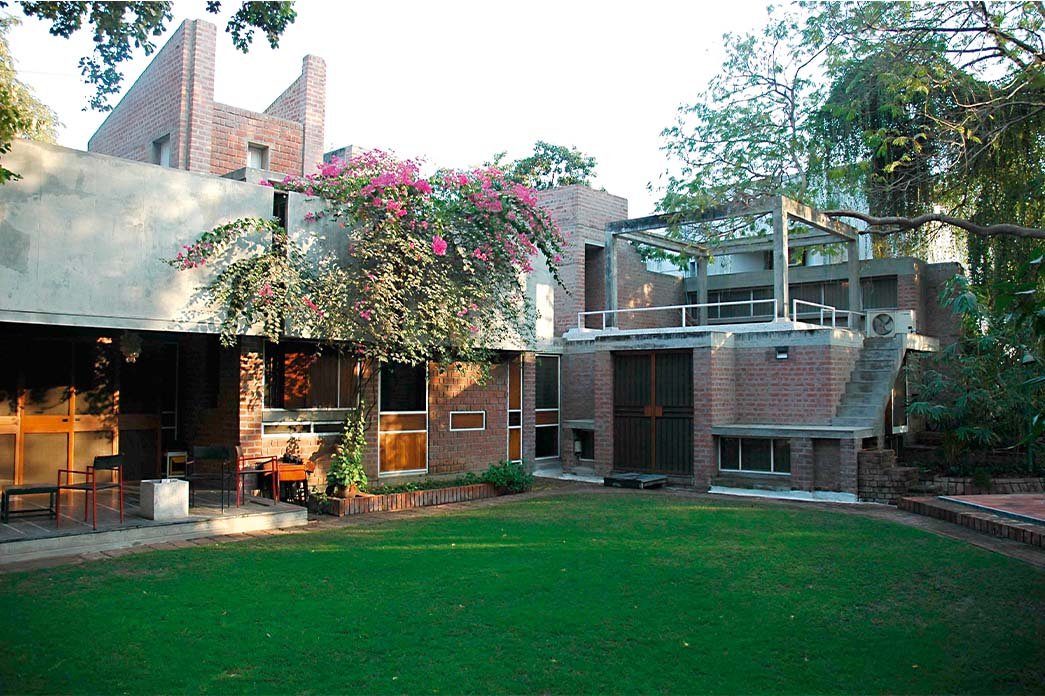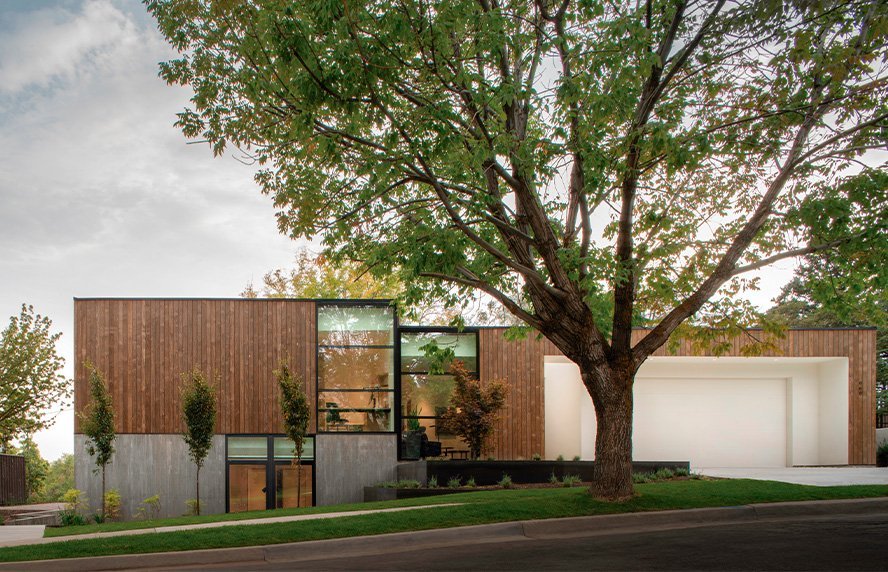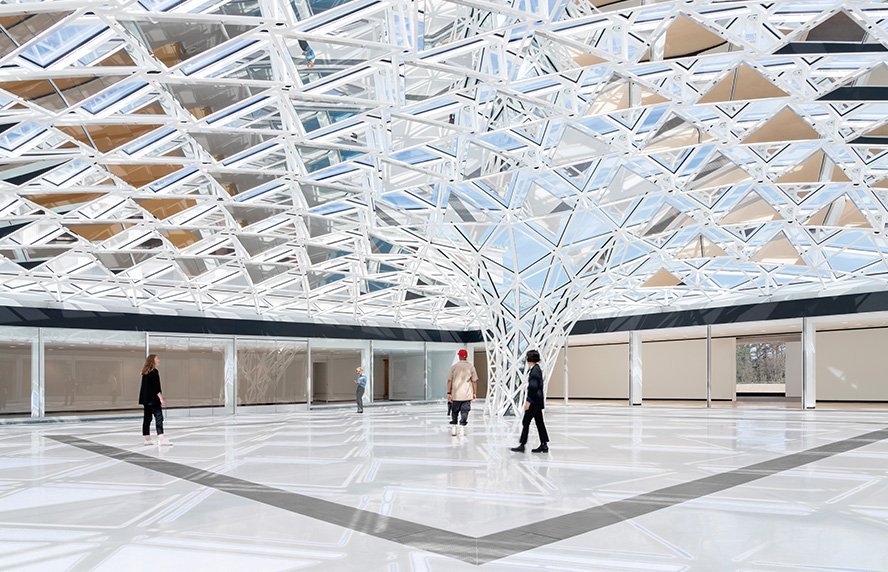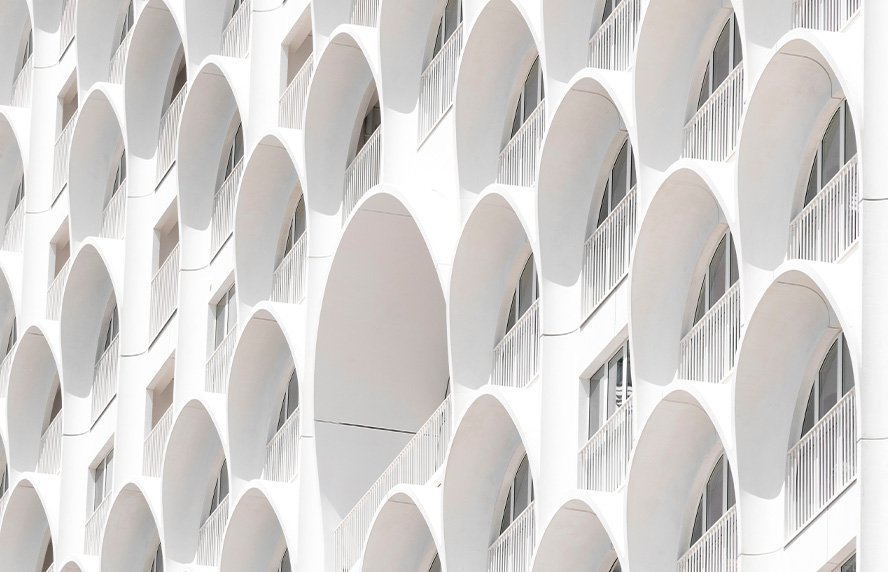
Balkrishna Doshi was born in Pune, India, 91 years ago. In early 2018 he became the first Indian to win the world’s most prestigious architecture award prize, the Pritzker Prize. Creating architecture for more than 70 years, Doshi had Le Corbusier and Louis Kahn as his masters, with whom he worked, but he created his own language, based on the deep knowledge of his country, history, culture and traditions, contributing significantly to change and always with a view to social responsibility and sustainability. "My works are an extension of my life, philosophy and dreams” (Doshi).
Balkrishna Vithaldas Doshi, or simply Doshi, as he is affectionately known, is one of the most influential architects of the 20th century and is the winner of the 2018 Pritzker Prize, in the first year the event was presented in Canada, at the Aga Khan Museum in Toronto. He was born on August 26, 1927 and began his studies in architecture in the year his country gained its independence, in 1947. After a period in London, he moved to France to work with Le Corbusier and from there he returned to India, to oversee Le Corbusier’s work in Chandigarh and Ahmedabad, including the Mill Owners’ Association Building (1954) and Villa Shodhan (1956). With regard to Le Corbusier and the prize he has now received, he says: "I owe this prestigious prize to my guru, Le Corbusier. His teachings led me to question identity and compelled me to discover new regionally adopted contemporary expression for a sustainable holistic habitat”. Later Doshi also worked with Louis Kahn at the Indian Institute of Management in Ahmedabad, from 1962. This would be the city, India’s fifth most populous, in which he would grow professionally, founding and building the schools of architecture and urbanism, which he ran for decades.
Some of his major projects include the Ahmedabad School of Architecture (1966), which he created and founded; a domed building designed to house his office (Sangath), in 1981; and the art gallery inspired by a cave, Amdavad ni Gufa (1995). In 1989, he created the Aranya Low Cost Housing, which offers affordable homes to 80,000 people in Indore. Cylinders, large arches and "half-buried domes”, as he calls them, became his architectural trade mark. However, he uses these techniques because they allow you to live with the sun and the rain. In the more than a hundred buildings and neighbourhoods that he has designed in India, courtyards, shutters, pergolas, the width of the streets and the balconies have been created to to deal with the sun and take advantage of the breezes with a logical and traditional sustainability, which needs no labels and which Doshi has been advocating since the 1970s, when he also designed the Institute of Technology and Environment, in Ahmedabad.
"THE JURY RECOGNIZES HIS EXCEPTIONAL ARCHITECTURE (…), HIS COMMITMENT AND HIS DEDICATION TO HIS COUNTRY AND THE COMMUNITIES HE HAS SERVED"
The Pritzker Prize jury said that Balkrishna Doshi "has always created an architecture that is serious, never flashy or a follower of trends... By granting him the award this year, the jury recognizes his exceptional architecture as reflected in over a hundred buildings he has realised, his commitment and his dedication to his country and the communities he has served, his influence as a teacher, and the outstanding example he set for professionals and students around the world throughout his long career”. It continued: "Doshi is acutely aware of the context in which his buildings are located. His solutions take into account the social, environmental and economic dimensions and therefore his architecture is totally engaged with sustainability”. But the man who went far beyond the teachings of Le Corbusier combines all these dimensions with another, more emotional, more mystical, more poetic. Doshi’s work is poetry too, now recognised. Only now!
Balkrishna Vithaldas Doshi, or simply Doshi, as he is affectionately known, is one of the most influential architects of the 20th century and is the winner of the 2018 Pritzker Prize, in the first year the event was presented in Canada, at the Aga Khan Museum in Toronto. He was born on August 26, 1927 and began his studies in architecture in the year his country gained its independence, in 1947. After a period in London, he moved to France to work with Le Corbusier and from there he returned to India, to oversee Le Corbusier’s work in Chandigarh and Ahmedabad, including the Mill Owners’ Association Building (1954) and Villa Shodhan (1956). With regard to Le Corbusier and the prize he has now received, he says: "I owe this prestigious prize to my guru, Le Corbusier. His teachings led me to question identity and compelled me to discover new regionally adopted contemporary expression for a sustainable holistic habitat”. Later Doshi also worked with Louis Kahn at the Indian Institute of Management in Ahmedabad, from 1962. This would be the city, India’s fifth most populous, in which he would grow professionally, founding and building the schools of architecture and urbanism, which he ran for decades.
Some of his major projects include the Ahmedabad School of Architecture (1966), which he created and founded; a domed building designed to house his office (Sangath), in 1981; and the art gallery inspired by a cave, Amdavad ni Gufa (1995). In 1989, he created the Aranya Low Cost Housing, which offers affordable homes to 80,000 people in Indore. Cylinders, large arches and "half-buried domes”, as he calls them, became his architectural trade mark. However, he uses these techniques because they allow you to live with the sun and the rain. In the more than a hundred buildings and neighbourhoods that he has designed in India, courtyards, shutters, pergolas, the width of the streets and the balconies have been created to to deal with the sun and take advantage of the breezes with a logical and traditional sustainability, which needs no labels and which Doshi has been advocating since the 1970s, when he also designed the Institute of Technology and Environment, in Ahmedabad.
"THE JURY RECOGNIZES HIS EXCEPTIONAL ARCHITECTURE (…), HIS COMMITMENT AND HIS DEDICATION TO HIS COUNTRY AND THE COMMUNITIES HE HAS SERVED"
The Pritzker Prize jury said that Balkrishna Doshi "has always created an architecture that is serious, never flashy or a follower of trends... By granting him the award this year, the jury recognizes his exceptional architecture as reflected in over a hundred buildings he has realised, his commitment and his dedication to his country and the communities he has served, his influence as a teacher, and the outstanding example he set for professionals and students around the world throughout his long career”. It continued: "Doshi is acutely aware of the context in which his buildings are located. His solutions take into account the social, environmental and economic dimensions and therefore his architecture is totally engaged with sustainability”. But the man who went far beyond the teachings of Le Corbusier combines all these dimensions with another, more emotional, more mystical, more poetic. Doshi’s work is poetry too, now recognised. Only now!













